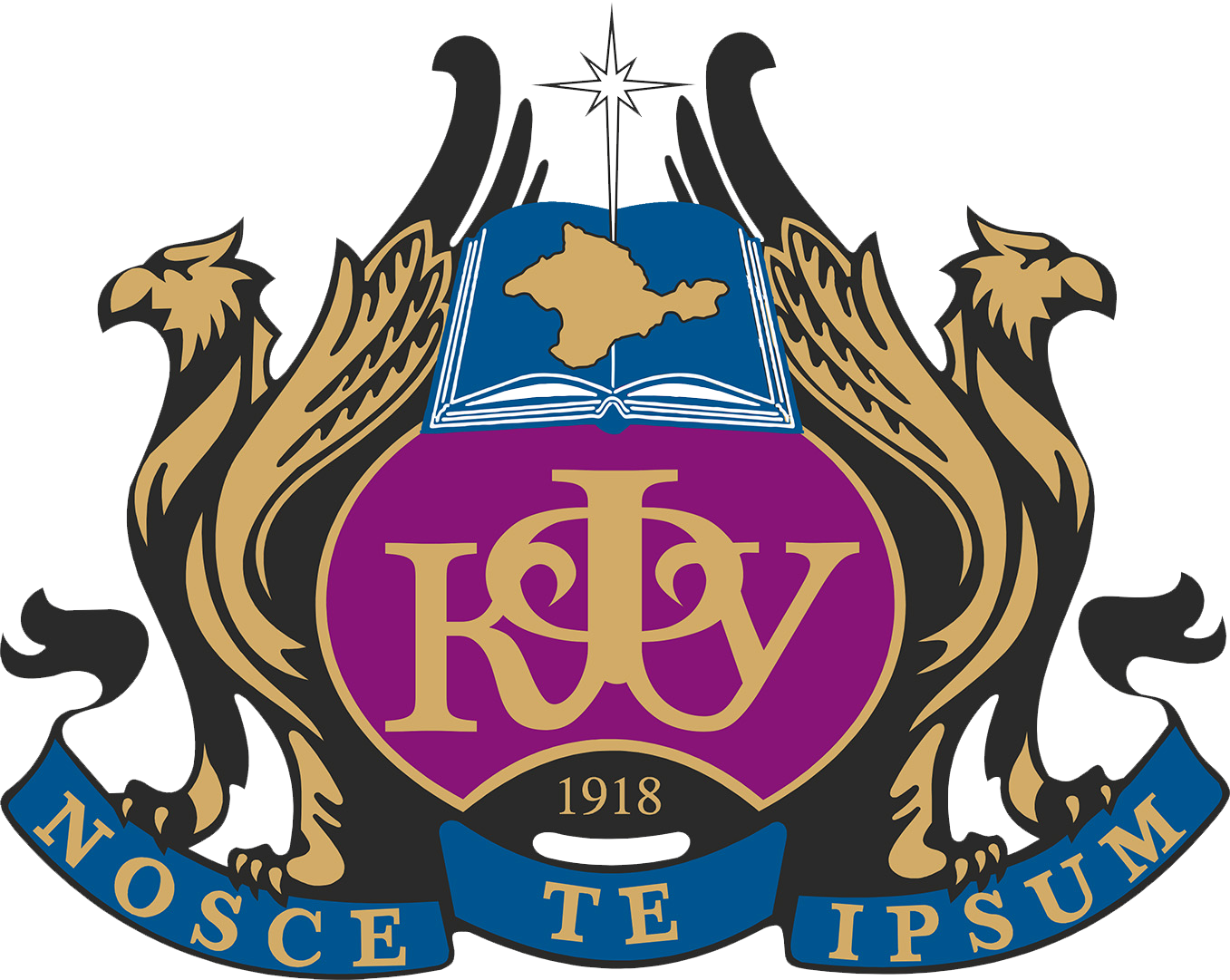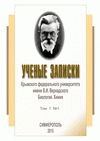Simferopol', Simferopol, Russian Federation
This study investigates consumer preferences for Crimean essential oils using verbal assessments and biometric data from galvanic skin response (GSR). The research focuses on eight essential oils, including narrow-leaved lavender (Lavandula angustifolia Mill.), hyssop (Hyssopus officinalis L.), common sage (Salvia officinalis L.), Tauric wormwood (Artemisia taurica Willd.), clary sage (Salvia sclarea L.), rose (Rosa L.), coriander (Coriandrum sativum L.), and neutral jojoba oil (Simmondsia chinensis). The goal is to explore how neurophysiological methods can enhance the understanding of consumer reactions to aromas, which can inform market predictions for these products. Verbal assessments revealed that rose was the most positively perceived aroma across gender groups, while clary sage received the lowest ratings. These differences may stem from variations in the chemical composition and perception speed of the oils. Factor analysis identified two main groups of essential oils based on their chemical properties: (1) alcohols and esters (e.g., rose, lavender, coriander) and (2) ketones and phenols (e.g., hyssop, Tauric wormwood). Alcohols and esters are associated with fresh, floral, and fruity scents, while ketones and phenols have antimicrobial and anti-inflammatory properties but may pose toxicity risks at high concentrations. Biometric experiments using GSR showed that hyssop elicited the strongest emotional reactions, while clary sage produced the weakest responses. Significant differences in GSR amplitudes were observed (p<0.001), with hyssop’s complex scent likely contributing to its pronounced emotional impact. In contrast, lavender, a familiar and widely recognized aroma, was associated with positive emotions, consistent with its use in neuromarketing research. Gender-based analysis revealed significant differences in aroma perception, except for the latent period of GSR, which was similar across genders. The longest latent period was observed for lavender, likely due to its relaxing therapeutic effects. The findings highlight the potential of combining verbal and biometric data to predict consumer preferences and market success for essential oils. This approach provides valuable insights into the emotional and physiological responses elicited by different aromas, offering a scientific basis for product development and marketing strategies in the cosmetics and aromatherapy industries.
Crimean essential oils, GSR, chemical composition, neuromarketing, aroma marketing.
1. Nauchnyy i innovacionnyy potencial razvitiya proizvodstva i pererabotki efiromaslichnyh i lekarstvennyh rasteniy Evraziyskogo ekonomicheskogo soyuza / Pod red. V. S. Pashteckogo.
2. Kompleksnyy mehanizm upravleniya razvitiem efiromaslichnogo proizvodstva v Respublike Krym / Timirgaleeva R. R., Pashteckiy V. S., Verdysh M. V. [i dr.]. – Simferopol': IT «ARIAL»,
3. Grishin M. N. Celebnye aromaty Kryma / Grishin M. N., Kaschenko G. F. – Simferopol': KFU, 2022. – 271 s.
4. Yarosh O. B. Metodika obrabotki pokazateley kozhno-gal'vanicheskoy reakcii v neyromarketingovyh issledovaniyah / O. B. Yarosh // Uchenye zapiski Krymskogo federal'nogo universiteta
5. Doty R. L. Sex differences and reproductive hormone influences on human odor perception / R. L. Doty, C. E. Leslie // Physiology & Behavior. – 2009. – Vol. 97, № 2. – P. 213–228.
6. Toulouse E. Mesure de l'odorat chez l'homme et chez la femme / E. Toulouse, N. Vaschide // C R Soc Biol. – 1899. – Vol. 51. – P. 381–383.
7. Le Magnen J. Les phenomenes olfacto-sexuels chez l'homme / J. Le Magnen // C R Acad Sci Biol. – 1952. – Vol. 6. – P. 125–160.
8. Levy L. M. Odor memory induces brain activation as measured by functional MRI / L. M. Levy, R. I. Henkin, C. S. Lin, A. Hutter, D. Schellinger // J Comp Assist Tomography. – 1999. – Vol. 23. –P. 487–498.
9. Vierling J. S. Variations in olfactory sensitivity to exaltolide during the menstrual cycle / J. S. Vierling, J. Rock // J Appl Physiol. – 1967. – Vol. 22. – P. 311–315.
10. Cherepanov S. K. Sosudistye rasteniya Rossii i sopredel'nyh gosudarstv / S. K. Cherepanov. – SPb.: Mir i sem'ya, 1995. – 995 s.
11. Corwin J. Workplace, age, and sex as mediators of olfactory function: data from the National Geographic Smell Survey/J. Corwin, M. Loury, A. N. Gilbert // J Gerontol B Psychol Sci Soc Sci.–1995.– Vol. 50.
12. Koelega H. S. Extraversion, sex, arousal and olfactory sensitivity / H. S. Koelega // Acta Psychol. – 1970. – Vol. 34. – P. 51–66.
13. White T. L. Olfactory memory: the long and the short of it / T. L. White // Chem Senses. – 1998. – Vol. 23. – P. 433–441.
14. Larsson M. Sex differences in recollective experience for olfactory and verbal information / M. Larsson, M. Lovden, L. G. Nilsson // Acta Psychol. – 2003. – Vol. 112. – P. 89–103.
15. Tkachenko K. G. Efirnomaslichnye rasteniya i efirnye masla: dostizheniya i perspektivy, sovremennye tendencii izucheniya i primeneniya / K. G. Tkachenko // Vestnik Udmurtskogo
16. Boucsein W. Electrodermal activity: Second edition / W. Boucsein. – New York: Springer Science, 2012. DOI:https://doi.org/10.1007/978-1-4614-1126-0.
17. Vernet-Maury E. Basic emotions induced by odorants: a new approach based on autonomic pattern results / E. Vernet-Maury, O. Alaoui-IsmäıLi, A. Dittmar, G. Delhomme, J. Chanel
18. Warrenburg S. Effects of fragrance on emotions: moods and physiology / S. Warrenburg // Chemical Senses. – 2005. – Vol. 30, Suppl. 1. – P. i248–i249. DOI: https://doi.org/10.1093/chemse/bjh208.
19. Hill D. Efirnye masla Doterra: rukovodstvo po himii. Rezhim dostupa: ttps://media.doterra.com/ru-otg/ru/brochures/chemistry-handbook.pdf (Data obrascheniya: 13.03.2025)
20. Hesset Dzh. Vvedenie v psihofiziologiyu. – M.: MIR, 1981. – 247 s.






